In the 1960s, the Ministry of Agriculture and Rural Development imported Murrah buffalo from India to crossbreed with local buffalo to improve and increase the productivity of local buffalo herds. Since then, Bao Yen has become the best buffalo breeding area in the region, considered a national buffalo breeding area.
However, due to mechanization in agricultural production, buffalo herd development is no longer given as much attention as before, and the precious buffalo breed of the past now only exists in stories.
Pho Rang handicraft area is located on a flat land on the bank of Chay River. 60 years ago, this place was the center of Bao Yen Dairy Farm with a system of workers' housing, livestock barns, pastures... planned synchronously. This was also a typical model of socialist collective economy in the North at that time.

The small house of Mrs. Le Thi Luu's family, a former farm worker, is located right next to the main road. Having worked at the farm all her youth, Mrs. Luu is always proud when recalling those years. Mrs. Luu started working as a worker at Bao Yen Dairy Farm in 1976.
Most of the workers here at that time were in their twenties like her. Although life was difficult and hard, the atmosphere was always filled with joy and optimism. Mrs. Luu was then assigned to team 2 of the farm, in charge of raising more than 200 buffaloes selected from communes in the district and brought here.
In the 70s of the last century, apart from farm workers, the population in the area was sparse, the entire area south of Pho Rang town today was a vast grassland. When the Murrah buffaloes were brought back, Mrs. Luu as well as the workers here were both surprised and excited. These buffaloes had short horns, curved backwards, and were much larger than domestic buffaloes. Mrs. Luu said: Murrah buffaloes are dairy buffaloes so they are very gentle. Every time they came home from work and passed by the breeding area, everyone took the opportunity to look at them for a while.

Having gone through the most ups and downs with the farm, when we talked about the farm's past activities, Mr. Mong Van Thien, former Deputy Director and Party Secretary of Bao Yen Dairy Buffalo Farm (1971 - 1984) felt as if he had opened his heart, and many memories came flooding back.
Bao Yen dairy farm at that time was the largest domestic buffalo breeding center in the country, its main task was to select and breed buffalo breeds with good qualities to supply the whole country.
In 1971, Mr. Mong Van Thien was transferred from Bao Yen Traffic Department to the Farm to be in charge of infrastructure construction. Mr. Thien and workers and engineers urgently built many items such as barns, milk processing areas, worker housing, expert housing, opened public roads, and reclaimed hundreds of hectares of grass for livestock farming.
Mr. Thien said: The predecessor of Bao Yen Dairy Farm was a dairy cattle farm established in 1965. In 1971, it was converted into a farm, with a medical station and a school for workers' children.
Bao Yen Dairy Farm was then the largest domestic buffalo breeding center in the country, with the main task of selecting and crossbreeding buffalo breeds with good qualities to supply the whole country. In 1973, the farm began the task of crossbreeding domestic buffalo breeds with Murah buffalo breeds. Among the hundreds of Murrah buffaloes given to the Vietnamese people by the Government and People of India, 5 were brought to Bao Yen Dairy Farm for breeding.

The Mura buffaloes are huge, weighing more than a ton, and their most distinctive feature is their curved horns. Mr. Thien said: Determining these are precious buffaloes, the farm management assigned five breeding engineers, each directly responsible for monitoring and caring for one buffalo.
Mr. Phong Dinh Chuong, from Yen Bai, worked as a worker at Bao Yen Dairy Farm in the late 70s. After the Dairy Farm merged with the Fruit Farm and dissolved, Mr. Chuong continued to stay, attached to the land of Pho Rang.
When he returned to work at the farm, Mr. Chuong was sent to study as a technician to crossbreed Murrah buffaloes with Bao Yen buffaloes. Mr. Chuong said: Most of the crossbred buffaloes have been sent to other provinces. Currently, some communes in Bao Yen such as Xuan Hoa and Xuan Thuong still have the hybrid generation of the old Murrah buffaloes, but they have faded away.
During the 1979 border war, Mr. Mong Van Thien and 300 workers remained to protect the farm's facilities. At that time, the foreign buffaloes were brought to Yen Binh, Yen Bai to be cared for, while the domestic buffalo herd was marched to Luc Yen, Yen Bai.
In the late 80s, 5 Murrah buffaloes were brought to Song Be Farm (now in Binh Phuoc province) because the grassland area in Bao Yen was no longer guaranteed. According to the policy of the superiors and the new mission requirements, the Dairy Buffalo Farm was merged into the Fruit Farm. The workers who previously grew grass for raising buffaloes switched to growing pineapples, and the story of the Murrah buffaloes gradually faded into the past.
To find the hybrid generations of the Murrah buffalo breed in the past, we went to the communes of Xuan Hoa, Vinh Yen, Tan Duong, Xuan Thuong… which were places where buffalo herds used to thrive. However, almost all information about these buffaloes has been lost. The Bao Yen national buffalo breeding area is also no longer thriving as before.
Mr. Hoang Van Si, Mai Thuong village, Xuan Hoa commune said: In the past, traders from everywhere came to Mai Thuong to find buffaloes, but now the whole village has only more than a dozen left. Regretting that he will lose the precious local buffalo breed, he is trying to keep his family's buffalo even though many people come to buy it at a high price.

In 2011, Bao Yen district implemented the Project of Developing and Building Bao Yen Buffalo Brand, in which 5 key communes were selected to be associated with new rural construction, namely Nghia Do, Vinh Yen, Xuan Hoa, Tan Duong, and Viet Tien communes.
This is expected to sustainably develop the Bao Yen buffalo herd, expand the market to supply breeding buffaloes and commercial buffaloes to the domestic market, helping farmers earn high income from developing the buffalo herd. By 2009 and 2010, the buffalo herd in the area was still maintained quite large with about 22,500 heads, selling 2,500 - 3,000 heads each year, with a revenue of tens of billions of VND.
However, in recent years, grasslands have been reduced, the need for traction power has been replaced by machines, so people no longer maintain large buffalo herds, causing the buffalo herd to decline sharply. Although this change is completely understandable, for those who have been attached to and witnessed the growth of the Bao Yen national buffalo breeding area, they cannot help but feel regretful...
Source


![[Photo] Discover unique experiences at the first World Cultural Festival](https://vphoto.vietnam.vn/thumb/1200x675/vietnam/resource/IMAGE/2025/10/11/1760198064937_le-hoi-van-hoa-4199-3623-jpg.webp)

![[Photo] Opening of the World Cultural Festival in Hanoi](https://vphoto.vietnam.vn/thumb/1200x675/vietnam/resource/IMAGE/2025/10/10/1760113426728_ndo_br_lehoi-khaimac-jpg.webp)
![[Photo] General Secretary attends the parade to celebrate the 80th anniversary of the founding of the Korean Workers' Party](https://vphoto.vietnam.vn/thumb/1200x675/vietnam/resource/IMAGE/2025/10/11/1760150039564_vna-potal-tong-bi-thu-du-le-duyet-binh-ky-niem-80-nam-thanh-lap-dang-lao-dong-trieu-tien-8331994-jpg.webp)






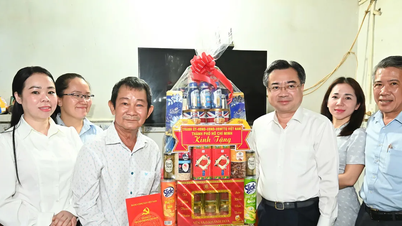
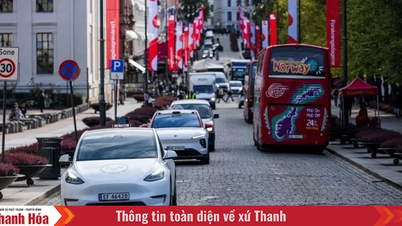


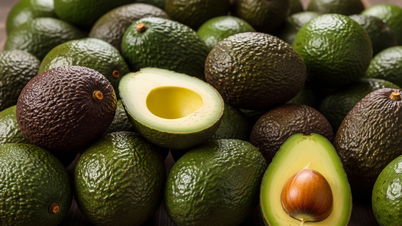





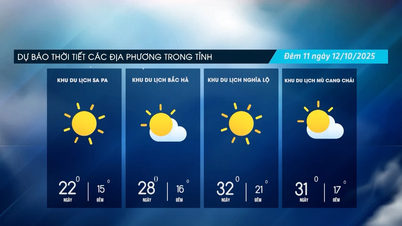
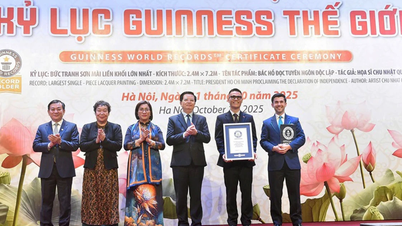
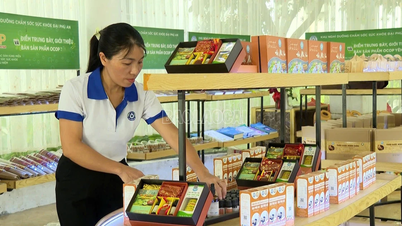







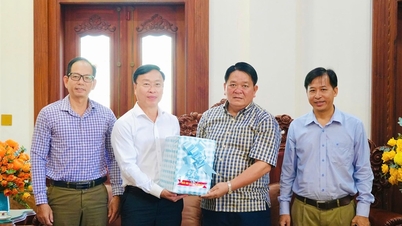
![[Photo] Ho Chi Minh City is brilliant with flags and flowers on the eve of the 1st Party Congress, term 2025-2030](https://vphoto.vietnam.vn/thumb/1200x675/vietnam/resource/IMAGE/2025/10/10/1760102923219_ndo_br_thiet-ke-chua-co-ten-43-png.webp)






























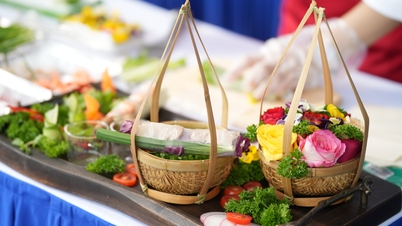
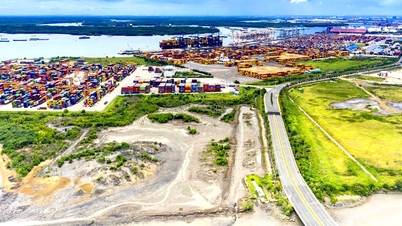





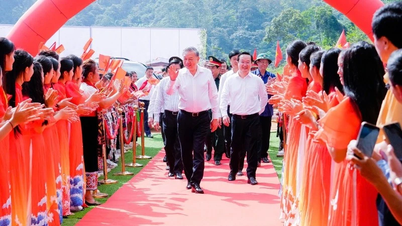




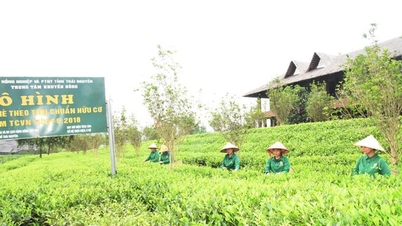
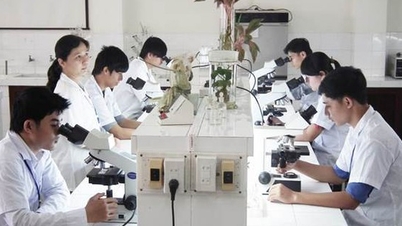




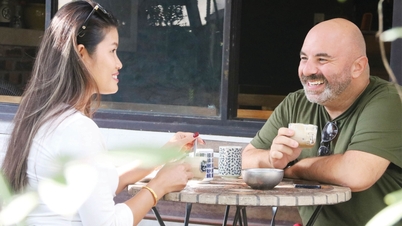
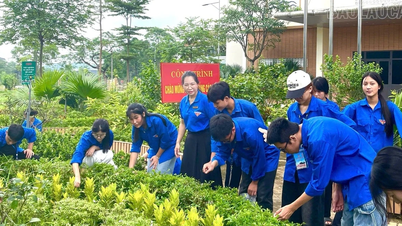













Comment (0)